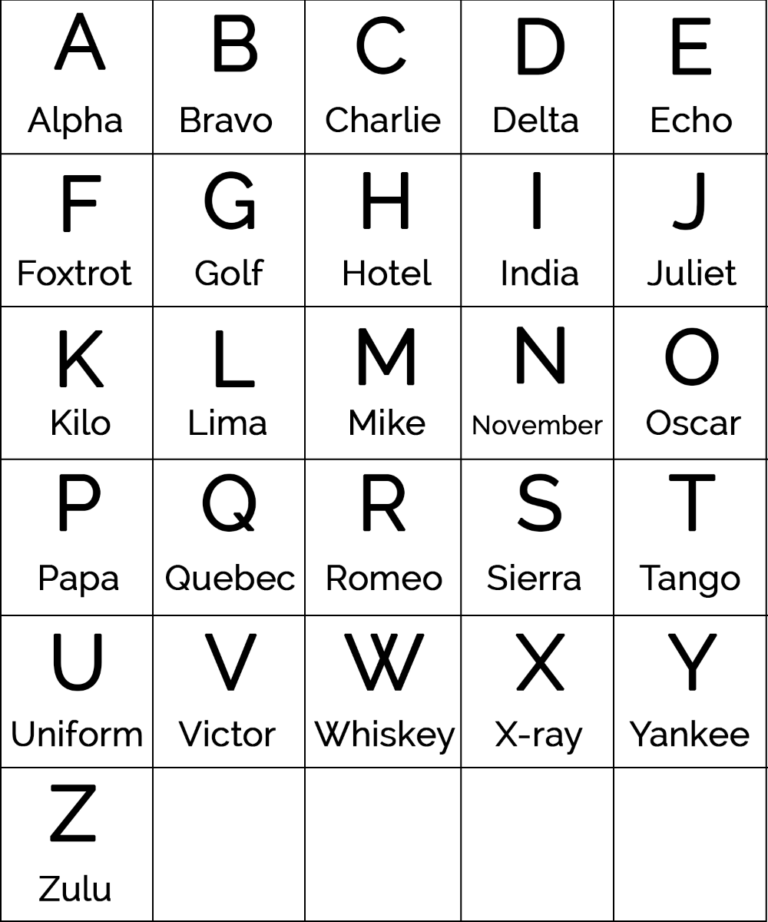

ICAO Phonetic Alphabetīefore both forces starting using the ICAO phonetic alphabet in 1956, the British and American military agencies had developed their own spelling alphabets. However, it remained in use by the IMO (International Maritime Organization) until 1965. The new and improved version was then adopted by the International Commission of Air Navigation and was used for civil aviation purposes until the beginning of WWII. Several changes were made to the original version of the spelling alphabet in 1932. This was called the ITU Radiotelephonic or Phonetic Alphabet, and it was adopted by the ITU in 1927. Long before the modern military alphabet was created, the ITU (International Telecommunication Union) had created the first spelling alphabet to be internationally recognized. In this post, we will discuss more regarding the military phonetic alphabet and its history, and we’ll delve into its components, purpose, and why the specific characters were chosen.īefore we go into greater detail, here’s a quick table to reference each letter and the corresponding code:Ī History of the Military Alphabet: The ICAO Phonetic Alphabet But most people have no idea why it is used, how or why it was formed, or why it has become one of the most effective forms of tactical radio communication – not only in the U.S.

We hear it being used in war and actions movies, video games, and even in comic books and novels. Most of us know, or at least have heard of the military alphabet in some way.


 0 kommentar(er)
0 kommentar(er)
